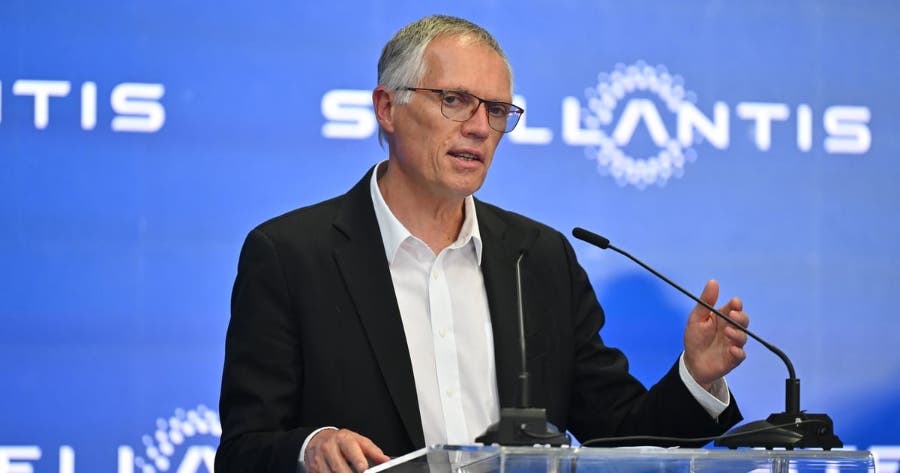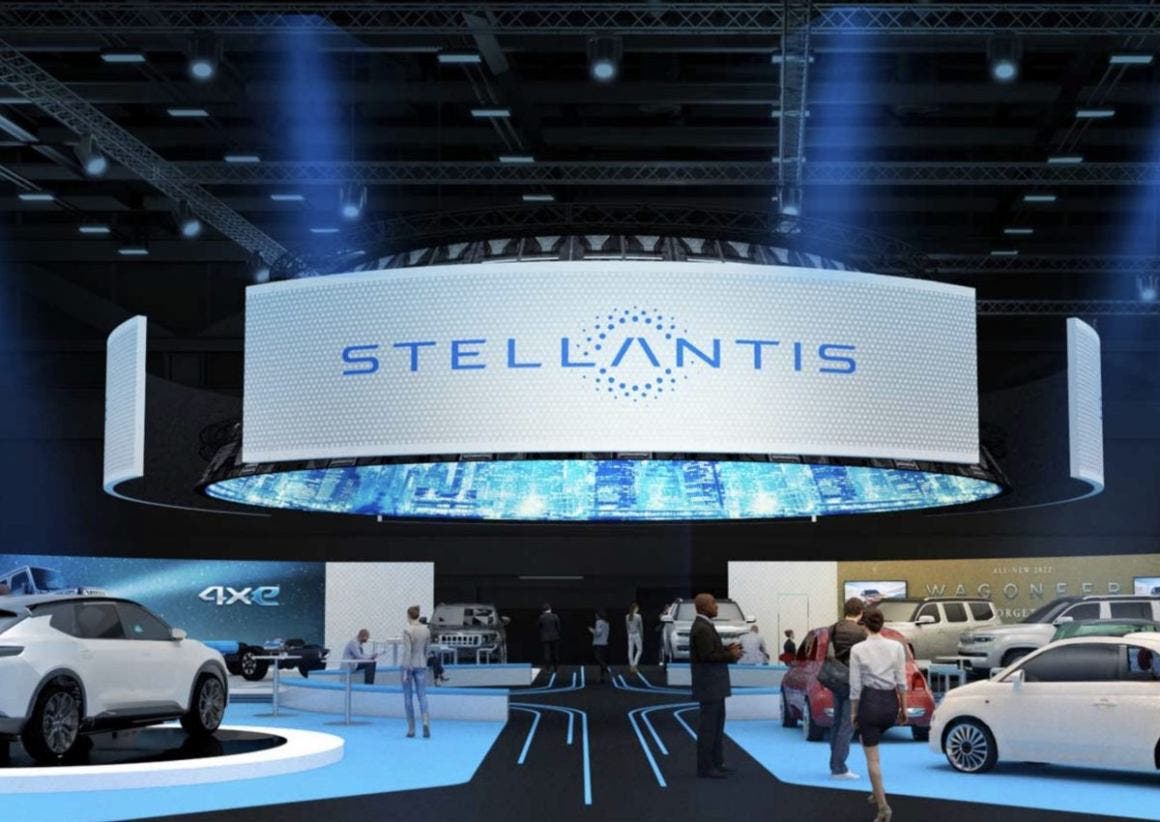The Stellantis automotive group is at the center of the transformation to clean mobility, given also the growing consumer demand for electric vehicles. European regulations are currently trying to require all automakers to reduce the average emissions of their car fleets rather dramatically. As far as Stellantis is concerned, this translates into a range of 93.6 grams of CO2 per kilometer by the end of 2025. If companies fail to meet the thresholds determined by the regulations they would face heavy economic penalties, which could also put a major strain on the work and financial situation of all companies involved.

Stellantis thinks about solutions to the problem
In response to this issue, Stellantis is considering a rather drastic strategy, namely, to try to significantly reduce the production of cars that are equipped with internal combustion engines. Of course, they are all aware that if this strategy were to actually be implemented, it would have a great impact on the entire auto industry in general. In particular, it would affect the Italian industry the most, since most of the facilities that are dedicated solely to the production of traditional vehicles are concentrated in the country. Therefore, if Stellantis were to act in this way, the consequences would be the loss of thousands of jobs and a crisis for the economy of entire regions.
As we all know, the issue behind the automotive group’s choice is very simple and intuitive. Electric vehicles, unlike combustion vehicles do not produce any CO2 emissions during their use. Therefore, the only way to stay in line with the numbers predetermined by regulations remains to increase the share of electric cars in the total sales of each brand. But currently, although demand is growing, it is still a rather slow increase to meet market and emission reduction targets in time. Rather slow growth especially in European markets.
Stellantis sets its own targets
The Stellantis automotive group has set a rather ambitious goal of reaching a percentage of 20 to 24 percent of total sales of its cars that are derived from electric vehicles. Therefore, as a result, the company plans to speed up the production of these cars, to at the same time, decrease the production of traditional combustion vehicles.

The new European COO of Stellantis, i.e., former Alfa Romeo CEO Jean-Philippe Imparato, has also expressed himself in this regard, and he made it clear that reducing the production of traditional cars is currently the top priority. Indeed, the company must necessarily act quickly in order to ensure that electric sales targets can be met within a reasonable timeframe.
The transition toward electric is accelerating, but for what cost? Stellantis decision to drastically reduce production of internal combustion vehicles could have significant consequences for employment and the economy of entire regions. The speed with which the market is evolving is forcing companies to make difficult strategic choices between the need to adapt to new regulations and the risk of jeopardizing their competitiveness.
So while new regulations are pushing for greater environmental sustainability, they also raise questions about the ability of companies to adapt at such a rapid pace. Despite the difficulties, however, the transition to electric could also offer great opportunities for innovation and the development of new technologies. It may even be that Stellantis’ choices will lead the way for the entire industry, influencing the future of labor and the automotive production model. We’ll see…
